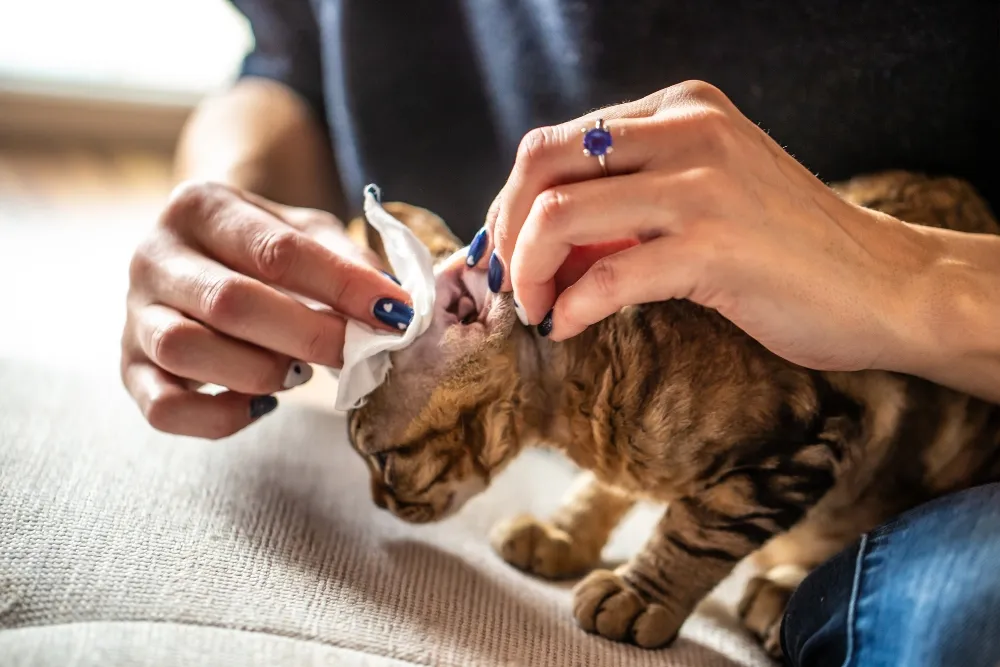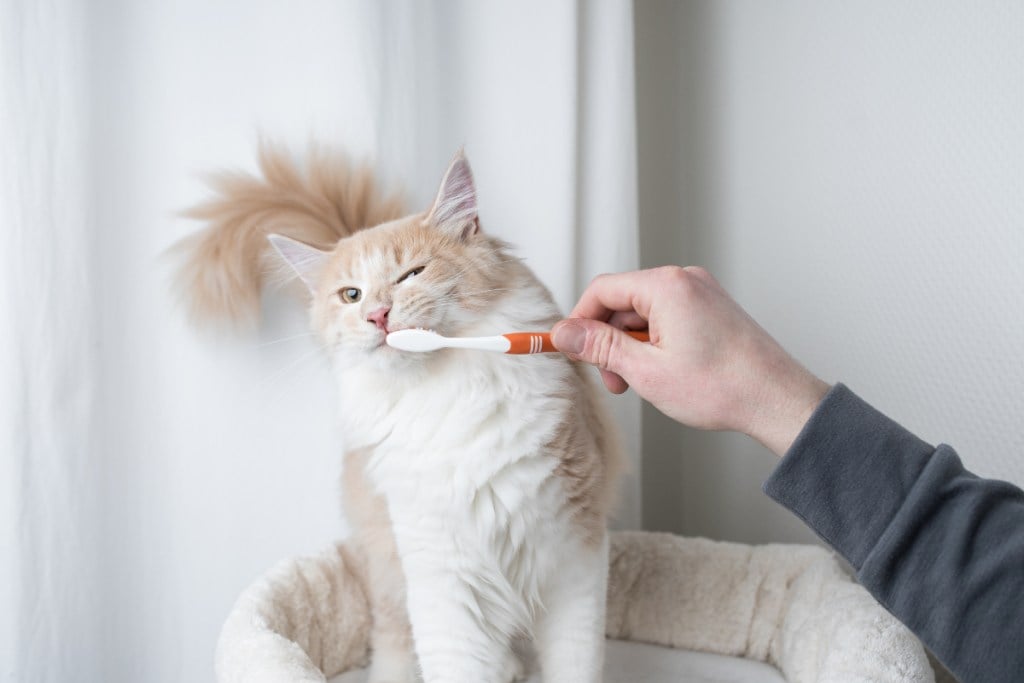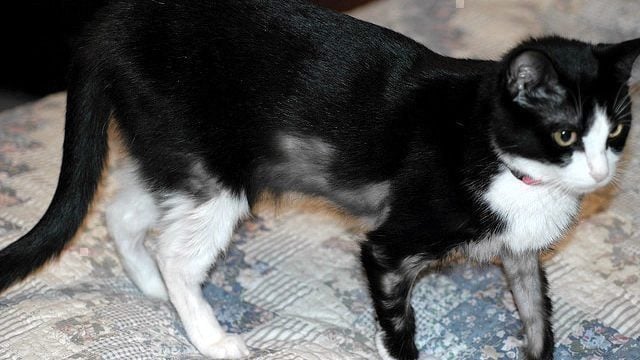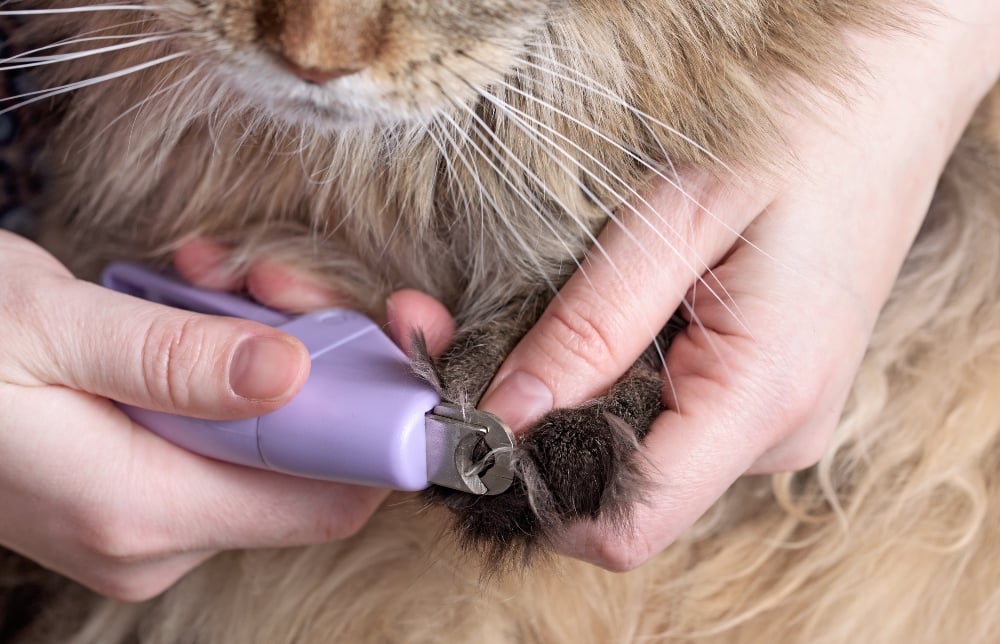Table of Contents
Though cats are generally self-sufficient when it comes to grooming, there are a few spots like the ears that they just can’t reach. Cat’s ears are healthy when they are light pink on the inside with a nice layer of fur on the outside. Some cats might rarely if ever, need their ears cleaned. Owners of healthy cats should examine their ears about once a month for any dirt or abnormalities. If you notice any dirt, debris, or wax, you may have to clean your cat’s ears.
Cleaning your cat’s ears
First, your cat will most likely not want you messing with his ears, so you’ll likely find it helpful to have a friend hold your cat for the procedure. Wrapping the cat in a towel can be helpful as well.
Supplies
To clean your cat’s ears, you’ll need gauze or cotton balls and an ear cleaning solution recommended by your veterinarian. Note: never stick a cotton swab (Q-Tip) inside your cat’s ear canal because it could cause injury or push debris further into the ear canal.
The cleaning process
- Wet the cotton ball or gauze with a little bit of ear cleaner.
- Pull back the cat’s earflap gently and wipe away dirt and debris.
- Add a few drops of solution into the ear. Massage the base of the ear for five to ten seconds. Then, stand back and let your cat shake the solution out.
- Use gauze or a cotton ball to clean any excess liquid out of the ear canal.
- Repeat with the other ear.
When your cat’s ears need more than a cleaning
When examining your cat’s ears, there are some warning signs that indicate you should take your cat to your veterinarian to get your cat’s ears checked out.
- Bad smell
- Head shaking or ear scratching
- Excessive yawning
- Baldness on the outer ears
- Excessive ear wax
- Sensitivity to touch
Because ear mites feed on the wax in a cat’s ear, it’s good to keep the ears clean. Mites are a serious issue because your cat’s scratching can cause infection, which can lead to mutilation of the ears and face. A cat that has ear mites will shake his head vigorously, scratch the ears, and flatten them against his head. If your cat displays these symptoms, get him to your veterinarian right away.








